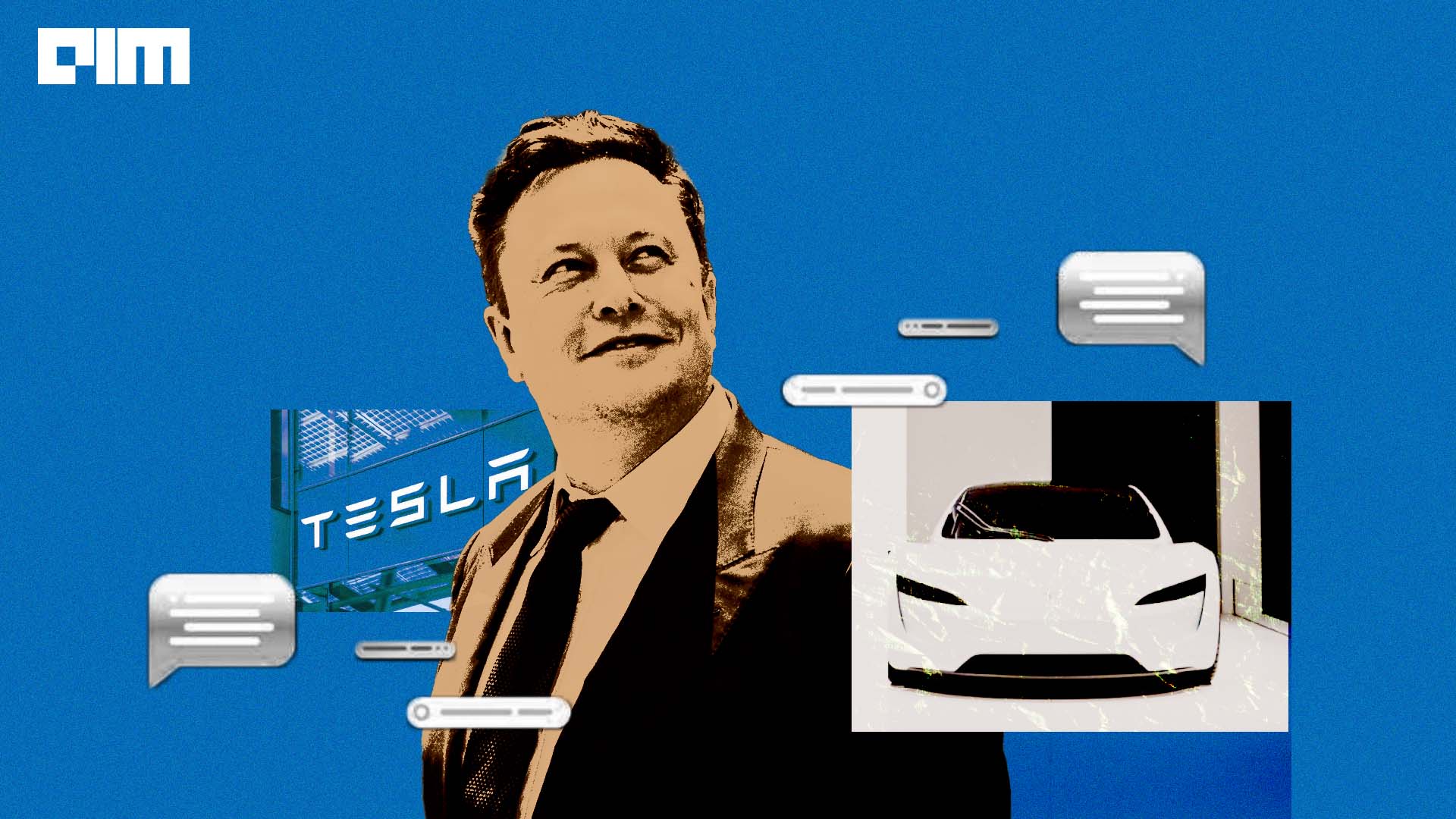
Soon after ChatGPT became an internet sensation, a comparable development was underway at Tesla’s Palo Alto headquarters in December 2022. Dhaval Shroff, an engineer working on the company’s autopilot system, pitched a concept to CEO Elon Musk. Shroff proposed a system similar to ChatGPT but tailored for automobiles.
Instead of relying on predefined rules to determine the car’s optimal path, they aimed at using a neural network that learns from extensive training data. This data consisted of millions of examples of human driving behaviour, explained Shroff, a seasoned member of the Tesla team with a decade of experience.
Eight months later, Musk experienced an improvement in the performance of a Full Self-Driving (FSD) vehicle compared to the hundreds he had driven earlier. The smoothness and reliability were attributed to the new version, FSD 12, which introduced the new concept.

Musk believed that this innovation had the potential to not only transform autonomous vehicles, but also to represent a leap toward artificial general intelligence capable of operating in real-world scenarios.
Instead of traditionally relying on hundreds of thousands of lines of code, the new system proposed by Shroff learned to drive by processing billions of video frames depicting human driving behaviour. This approach mirrored the self-training method employed by new LLM chatbots, which generate responses by processing billions of words from human text.
Fully Accelerated
Tesla is not the only company employing an end-to-end, there is also Comma.ai with OpenPilot, which Bengaluru boy Mankaran Singh used to power his Alto through an old Android phone. The news of his FSD journey in India has attracted attention since auto manufacturers often tell us how much computing power is on board to make it happen.
Even Wayve.ai, ventured into some of the toughest streets of London to test its self-driving skills. The team broke some impressive ground. Eight months ago, they released a 9-billion parameter world model that uses video, text, and action inputs to train the systems for on-road behaviours.
In May 2022, Wayve collaborated with Microsoft to leverage Azure, the tech giant’s cloud-based supercomputer, for training its neural network.
Musk has pointed out a consequential aspect of the end-to-end approach: vehicles no longer receive explicit instructions such as “stop at a red light” or “verify before changing lanes”. Instead, it autonomously discerns these actions by “imitating” behaviours observed in the 10 million videos used during training.
This means they’ve been using a dataset of millions of videos and have assessed the drivers on each of these. The machine learning model has been trained to mimic the behaviours of what were deemed as “good drivers”.
In theory, this holds huge potential since the models can generalise more effectively when facing unfamiliar scenarios. Essentially, the model can identify the most appropriate behaviour based on its training rather than getting stuck in predefined instructions.
Hit a Brake
One problem, however, is yet to be overcome. Human drivers, even the most skilled ones, often bend traffic rules. For instance, over 95% of humans tend to roll slowly through stop signs rather than coming to a complete halt.
And since the new FSD system is intentionally designed to imitate human behaviour, the head of the National Highway Safety Board is currently investigating if this behaviour could be deemed acceptable for self-driving cars.
Moreover, despite a decade-and-a-half of reckless spending and extensive road testing, driverless technology is stuck in the pilot phase. “We are seeing extraordinary amounts of spending to get very limited results,” noted Alex Kendall, founder and CEO of Wayve.
This has prompted UK-based firms like Wayve and startups such as Waabi and Ghost to focus heavily on neural networks. Branded as AV2.0, they are optimistic that more competent and cost-effective technology will let them surpass current market leaders.
Self-driving cars have made headlines all these years for various high-profile errors that were hard to overlook. Investors have put in over $100 billion into developing autonomous vehicles, amounting to a third of the cost NASA incurred to put humans on the Moon. As of now, one giant leap for humankind is less expensive than a vehicle that can drive itself.
The post Why Did Tesla Build a ChatGPT for Vehicles? appeared first on Analytics India Magazine.